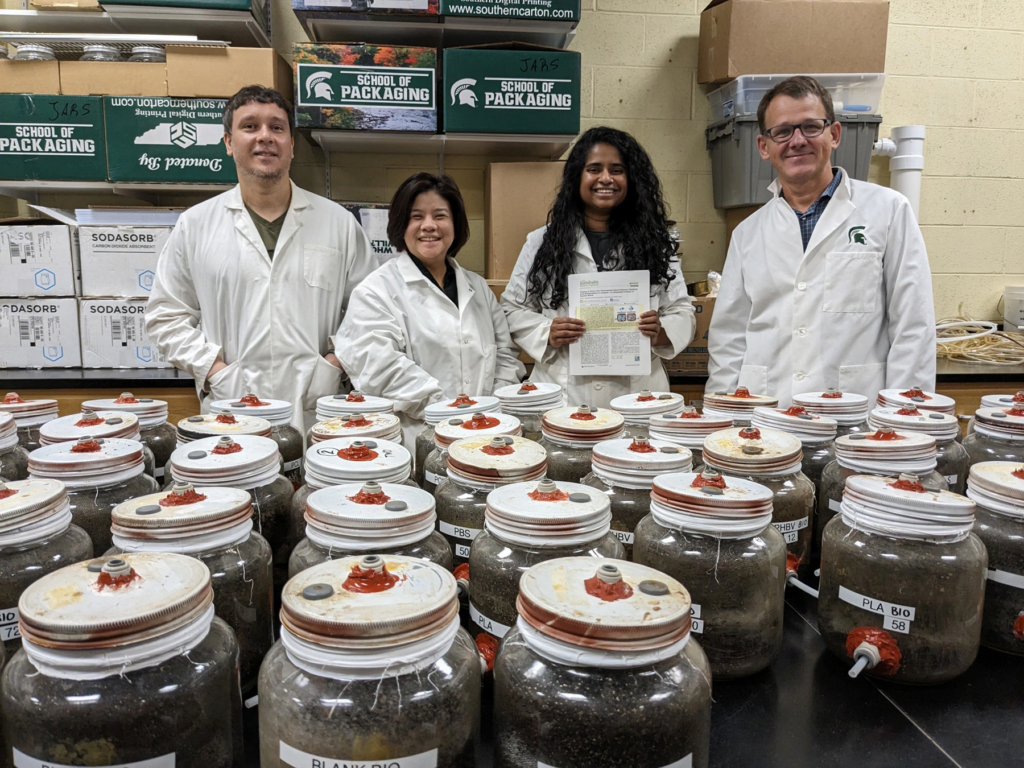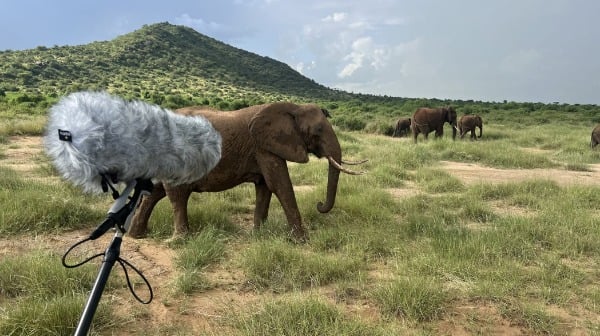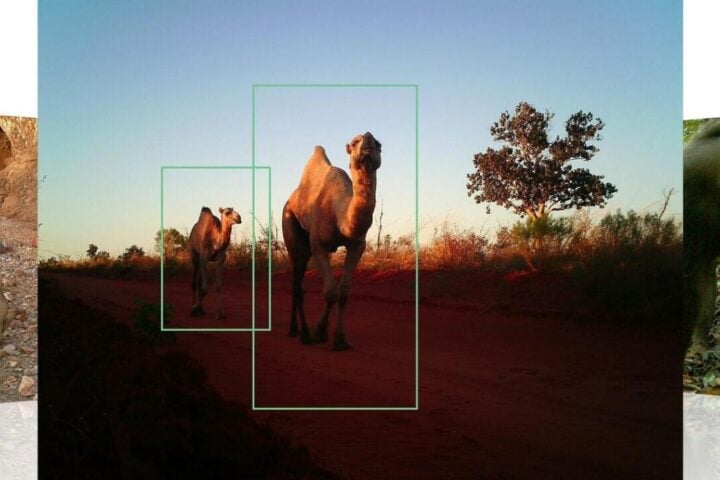The Dawn of GPTBot
OpenAI, the organization behind the groundbreaking GPT-4 language model, has unveiled its latest innovation: GPTBot. This web crawler is designed to scour the vast expanses of the internet, collecting data to refine and potentially revolutionize future AI models. But with its introduction, a myriad of questions and concerns arise.
How GPTBot Operates
At its core, GPTBot is a data gatherer. Recognizable by its unique user agent token and string, it navigates the web, seeking content to bolster AI accuracy and safety. However, OpenAI ensures that GPTBot is discerning in its data collection, avoiding paywall-restricted sources, those violating OpenAI’s guidelines, or sites collecting personal data.
User Agent Details:
- Token: GPTBot
- Full String: Mozilla/5.0 AppleWebKit/537.36 (KHTML, like Gecko; compatible; GPTBot/1.0; +https://openai.com/gptbot)
The Power to Choose: Web Admins in Control
OpenAI emphasizes the autonomy of website administrators. They can grant or deny GPTBot access, either in full or in part. By tweaking their site’s Robots.txt file, admins can dictate the crawler’s reach.
To block GPTBot entirely:
makefile
Copy code
User-agent: GPTBot
Disallow: /
For selective access:
javascript
Copy code
User-agent: GPTBot
Allow: /directory-1/
Disallow: /directory-2/
Similar Post
Legal and Ethical Quandaries
The introduction of GPTBot has stirred the pot in tech circles. While OpenAI’s commitment to respecting the Robots.txt file is commendable, concerns linger. The primary issue? Attribution. Unlike search engines that drive traffic back to sources, GPTBot assimilates data without direct citation. This raises questions about copyright, especially when considering non-textual content like images or videos.
Furthermore, the debate rages on about the ethics of using publicly available web data for proprietary AI systems. Should OpenAI profit from this data, should they share the gains? These are questions the tech community grapples with as AI continues its rapid evolution.
The Future: GPT-5 on the Horizon?
With OpenAI trademarking “GPT-5,” speculations are rife about the next iteration of their language model. GPTBot’s launch could be a precursor to this new model’s data needs. But, as ChatGPT remains unaware of events post-September 2021, the urgency for fresh data is palpable.
However, a critical distinction exists. While search giants like Google offer tangible benefits to websites they crawl (in the form of traffic), GPTBot’s benefits are more nebulous. It extracts and summarizes without pointing back to sources, making the origin of its information hard to trace.
Conclusion: A Balance of Progress and Prudence
GPTBot represents a significant stride in AI’s journey. Its potential to enhance models like GPT-4 and the speculated GPT-5 is undeniable. However, as with all technological leaps, it’s essential to tread with caution. Balancing the thirst for knowledge with ethical considerations will be the key to navigating the era of GPTBot.
For more insights on AI advancements, stay tuned.


















